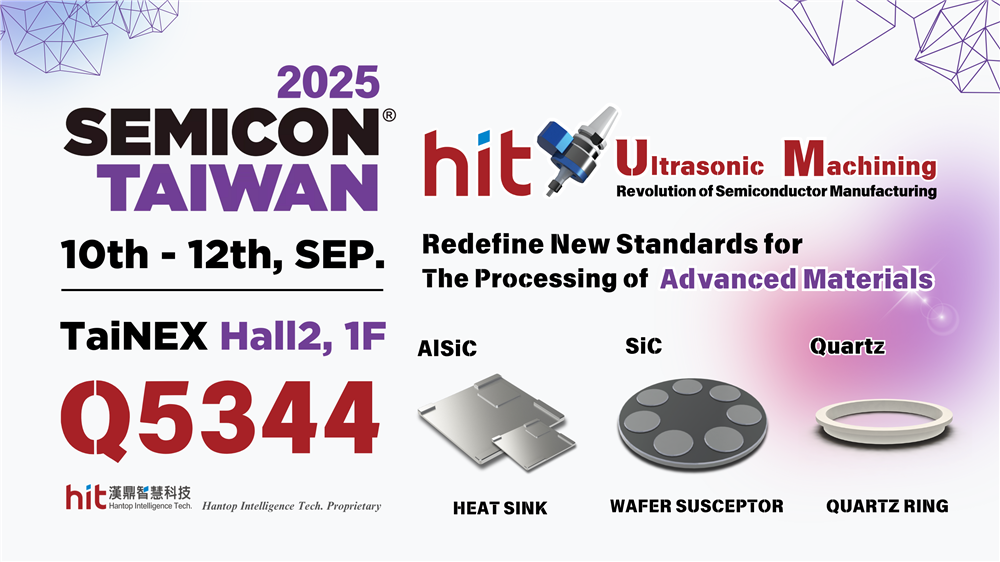HIT's Goal in Surface Grinding of Carbon Ceramic Brake Disc (CCB)
For ultrasonic-assisted surface grinding of carbon-ceramic brake discs (CCB), the goal is to use HIT's developed Ultrasonic Grinding Wheel Toolholder (using a D80mm electroplated diamond grinding wheel) on CNC machines to perform surface grinding, and to improve material removal rate and extend tool life while maintaining workpiece quality.
Ultrasonic-Assisted Surface Grinding of Carbon Ceramic Brake Disc (CCB): Machining Results
Surface Grinding of Carbon Ceramic Brake Disc (CCB): Material Removal Rate (MRR)

(Figure 1. using HIT HBT-40 ultrasonic grinding wheel toolholder module in surface grinding of carbon-ceramic brake discs, compared to the original process, allows for improved feed rate)

(Figure 2. using HIT HBT-40 ultrasonic grinding wheel toolholder module in surface grinding of carbon-ceramic brake discs, compared to the original process, material removal rate can be increased by 3.3 times)
- Using HIT's ultrasonic module to assist in optimizing the surface grinding process of carbon-ceramic brake discs (CCB), ultrasonic provides high-frequency micro-vibrations to the grinding wheel, which intermittently impacts the workpiece during processing, creating space for cooling and chip removal, helping to reduce grinding force.
- The reduction in grinding resistance allows for increased feed rate and depth of cut per pass, achieving an overall 3.3x improvement in material removal rate (MRR).
Surface Grinding of Carbon Ceramic Brake Disc (CCB): Tool Life

(Figure 3. using HIT HBT-40 ultrasonic grinding wheel toolholder module in surface grinding of carbon-ceramic brake discs, compared to the original process, tool life is extended by 3 times)
- Ultrasonic provides the grinding wheel with high-frequency micro-vibrations, which intermittently impact the workpiece, allowing the grinding wheel to achieve cooling and chip removal, helping to reduce grinding force.
- The reduction in grinding force, along with effective cooling and improved chip removal of the grinding wheel, helps to extend the tool life. In this process, the tool life is effectively extended by 3x.
HIT Ultrasonic Machining Technology Achievements in Surface Grinding of Carbon Ceramic Brake Disc (CCB)
(with HIT HBT40 Ultrasonic Grinding Wheel Toolholder)
🕜 Material Removal Rate (MRR) - 3.3x higher
⚙️ Tool Life - 3x longer
📣 Welcome to visit HIT's booth Q5344 at SEMICON Taiwan 2025 to learn more about ultrasonic machining products!
